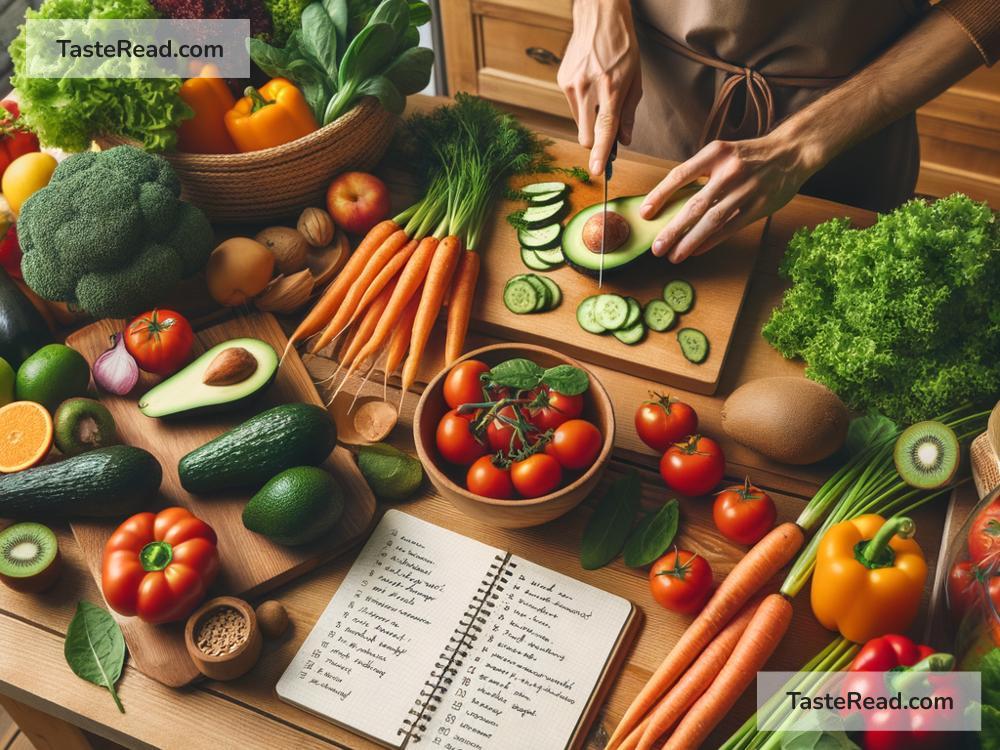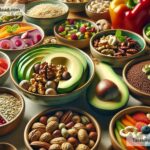How to Incorporate More Organic Foods into Your Diet
Eating organic foods is an excellent way to improve your health, support the environment, and enjoy food that is free from harmful pesticides and chemicals. However, switching to a more organic diet can feel overwhelming, especially if you’re not sure where to start. The good news is that incorporating organic foods into your meals doesn’t have to be difficult or expensive. In this article, we’ll guide you through simple steps to make organic foods a bigger part of your daily routine.
What Are Organic Foods?
Organic foods are grown or raised without synthetic fertilizers, pesticides, or genetically modified organisms (GMOs). Organic farming also avoids antibiotics and hormones in animal products and focuses on sustainable practices. This means organic foods are better for your health and for the planet.
Why Choose Organic?
There are many reasons to choose organic foods. First, eating organic helps you avoid synthetic chemicals that may be harmful to your body. Organic produce tends to be rich in nutrients because it’s grown in healthy soil. Additionally, buying organic supports farmers who care about the environment and promotes sustainable agriculture practices. While organic food can sometimes cost more, the long-term benefits make it a worthwhile investment in your health and the planet.
Start Slowly
If you’re new to eating organic, don’t feel like you need to overhaul your entire diet overnight. Start small by swapping one or two items for organic alternatives. For example, instead of buying regular apples, purchase organic apples. Gradually introducing organic foods allows you to adjust your budget and your habits without causing stress.
Prioritize the “Dirty Dozen”
The Environmental Working Group (EWG) releases an annual list called the “Dirty Dozen,” highlighting the fruits and vegetables that are most likely to contain high levels of pesticides when grown conventionally. This includes produce like strawberries, spinach, and apples. If you’re on a tight budget, focus on buying organic versions of the items on this list first.
On the other hand, EWG also has a “Clean Fifteen” list, which identifies produce that is least likely to contain pesticides, like avocados and sweet corn. You can save money by buying non-organic versions of the Clean Fifteen foods if needed.
Shop at Farmers Markets
Farmers markets are a great place to find fresh, organic produce. Many small-scale farms use organic methods, and the food often costs less than what you’d pay at a grocery store. Plus, buying directly from farmers gives you the chance to ask questions about how the food is grown and ensures you’re supporting local agriculture.
Buy in Bulk
Organic foods can sometimes be more expensive, but buying in bulk can lower the cost. Many stores offer bulk bins where you can purchase organic grains, nuts, and seeds. Stocking up on these staples not only saves money but also ensures you always have healthy ingredients on hand.
Cook at Home
One of the easiest ways to add more organic foods to your diet is by cooking at home. When you prepare your own meals, you control the ingredients and can choose organic options. You don’t have to make complicated recipes—simple dishes like salads, soups, and stir-fries made with organic produce and grains are delicious and nutritious.
Grow Your Own Organic Produce
If you have space, consider starting a small organic garden. Growing your own fruits, vegetables, and herbs lets you enjoy truly fresh and chemical-free produce. Even if you don’t have a yard, many plants can be grown in pots or small containers on a balcony or windowsill. Tomatoes, lettuce, and basil are great options for beginners.
Choose Organic Animal Products
If you consume meat, dairy, or eggs, prioritize organic options. Organic animal products come from animals that are raised without antibiotics or growth hormones, and they are often fed organic, non-GMO diets. Look for labels like “USDA Organic” to ensure the products meet organic standards.
Meal Plan and Prep
Planning your meals in advance can make organic eating easier and more affordable. Write down the meals you want to make for the week and create a shopping list of organic ingredients. Preparing meals ahead of time can also prevent waste, save time, and help you stick to your healthy eating goals.
Avoid Processed Foods
Many processed snacks and convenience foods, even those labeled organic, are still high in sugar, salt, or unhealthy fats. Focus on whole organic foods like fruits, vegetables, grains, and lean proteins. These are not only healthier but also less expensive than packaged organic products.
Find Affordable Sources
Organic food is becoming more widely available, making it easier to find affordable options. Many grocery stores now have their own organic brands, which are often cheaper than name-brand organic products. Stores like Costco and Aldi also offer organic items at lower prices, so check to see what’s available near you.
Be Flexible and Balanced
Eating organic doesn’t mean you have to be perfect all the time. It’s okay to mix organic and non-organic foods based on your budget and availability. The goal is to make healthier choices that work for your lifestyle.
Final Thoughts
Incorporating more organic foods into your diet is a journey, not a race. By taking small steps and making budget-friendly changes, you can enjoy the benefits of organic eating without overwhelming yourself. With a little planning, creativity, and mindfulness, eating organic can become an easy and rewarding part of your life.
So go ahead—start adding organic foods to your shopping cart today and enjoy a healthier, more sustainable way of eating!


